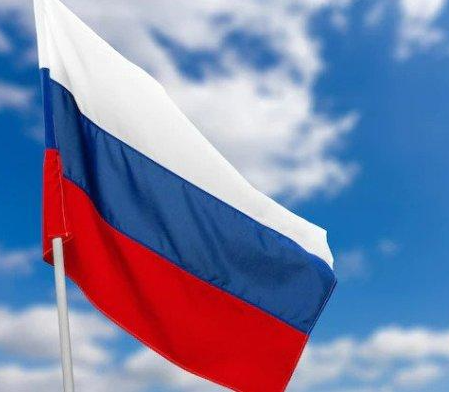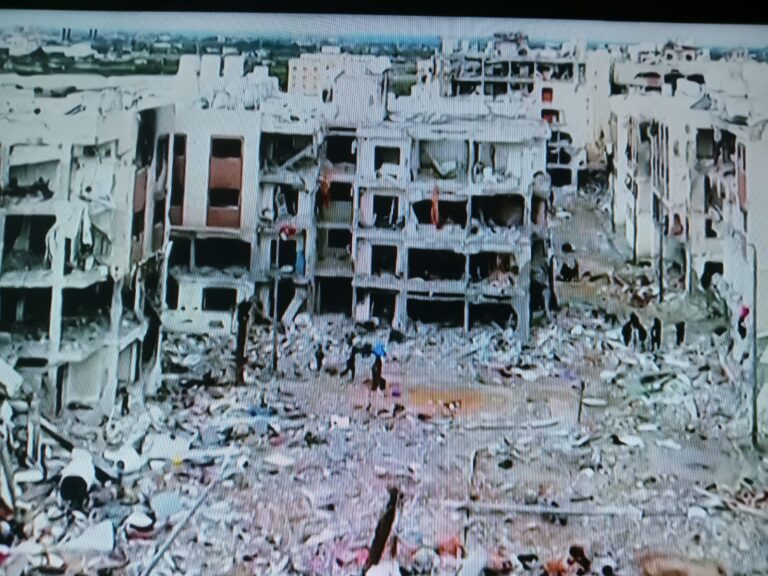
STRATEGIC ASSESSMENT. The United Nations nuclear watchdog, the International Atomic Energy Agency (IAEA) has issued a call for a special safety zone or security perimeter to be created around the Zaporizhzhia nuclear power plant in Ukraine, which is currently occupied by Russian military forces. Monitors from the IAEA recently visited the site, which has been subject to heavy shelling from artillery. The largest nuclear power plant in Ukraine, the Zaporizhzhia plant provides power to nearly four million homes and supplies nearly 20% of the country’s power energy needs. It is also the largest nuclear power plant in Europe and is caught in the middle of intensified fighting as part of Ukraine’s southern offensive. Just in the past week, numerous areas have been damaged by the shelling, including a building that contained a spent fuel transporter vehicle. Furthermore, dry nuclear fuel storage tanks have been damaged, and at one critical juncture, fires caused the plant to become disconnected from Ukraine’s national power grid. Firefighters have been unable to reach some of the sites, due to the active combat around the plant.
Fourteen members of the IAEA team visited the site, including the Director General, Rafael Grossi. Two team members remain at Zaporizhzhia to continue monitoring the situation. UN Secretary-General Antonio Guterres called for an immediate end to military activity in the vicinity of the nuclear site, warning of a “catastrophe” if the plant was damaged. Both sides continue to blame each other for the shelling near the plant, occupied by Russian forces following Moscow’s illegal invasion of Ukraine, which commenced in late February. The Kremlin directed troops to seize Zaporizhzhia several weeks into the fighting. The situation is unprecedented, and the deteriorating working conditions are a major threat to the plant, which has already suffered severe damage, with critical systems being compromised. Ukrainian President Volodymyr Zelensky has appealed to the United States and the international community for assistance, recently highlighting the precarious nature of the conflict near the power plant in one of his nightly addresses to the Ukrainian nation.
The report sets out several interim measures to avert a nuclear disaster in the region. Part of the report focused on the challenges of those continuing to operate the plant under immense stress and hardship. “The condition that the operating staff is subject to constant high stress and pressure while operating the NPP [nuclear power plant] is not sustainable and could lead to increased human error with implications on nuclear safety,” according to the report.
In the event of a worst-case scenario, where the Zaporizhzhia plant melts down, dealing with the fallout would prove a logistical and humanitarian nightmare. The 1986 Chernobyl disaster, still looming large in the memories of Ukrainians and many other states in the region and globally, reportedly required about 500,000 people for the decontamination efforts and then-Soviet officials claiming an initial cleanup cost of $2.9 billion at the time, including housing, wages, and evacuation costs. The humanitarian costs were equally stark, as the disaster led to death, disfigurement, and the release of radiation throughout Ukraine and beyond. The area is now an uninhabitable exclusion zone.
Further, Russian checkpoints surrounding the Zaporizhia area would also complicate evacuation routes and other emergency measures, should they be necessary. The presence of Russian military forces has already prevented staff from accessing different parts of the facility, including, according to the report, some of the cooling ponds used for nuclear waste. With Ukraine limited in actionable measures to affect events on the ground near Zaporizhzhia, particularly because of the danger of conflict near the NPP, it will take sustained pressure from the international community for the situation to change. Russia has also worked to spread mis, dis-, and mal-information (MDM) about every aspect of the conflict, with Zaporizhzhia being no exception. The Russian embassy in the United Kingdom recently amplified disinformationpurporting to show a high-ranking Japanese government official comparing Zaporizhzhia to Hiroshima and suggesting Ukraine was to blame (TSC).





